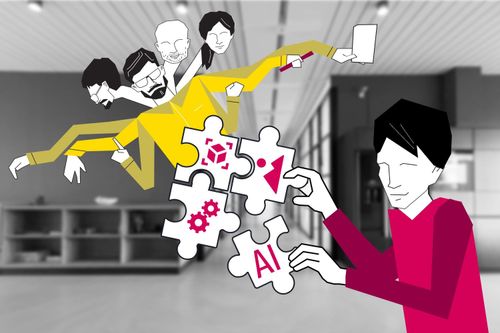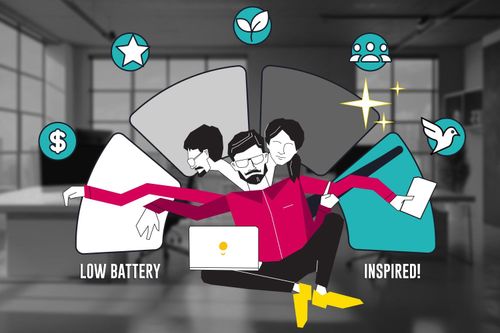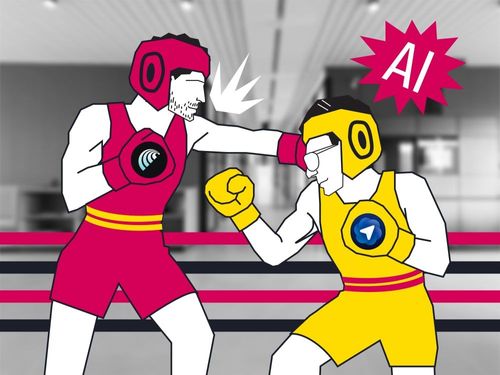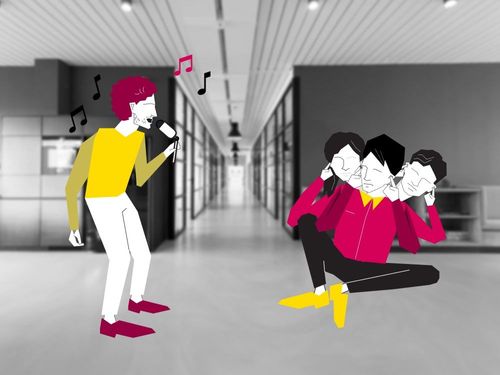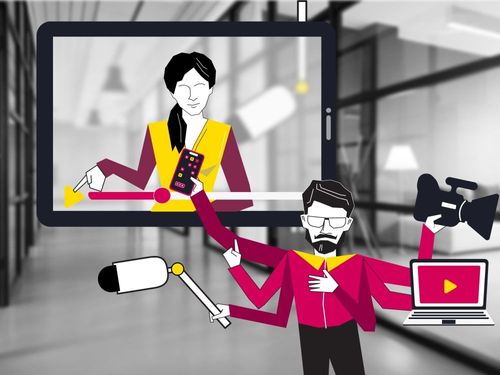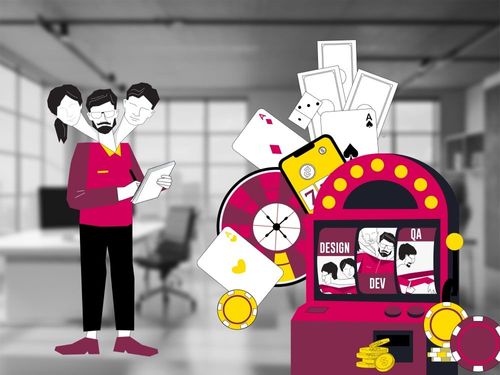
Developer burnout is not only a personal problem — it’s a business problem too. As a CEO with 20-ty years of practice, I’ve seen it all: the late-night coding marathons, stressful weeks, crazy months, and people having nervous breakdowns in my office.
Burnout not only affects the developer; it affects the whole team and project. Here’s what I do to prevent it.
What Does Burnout Look Like?
Burnout is more than exhaustion; it’s a warning sign that can be identified in advance.
Identifying Systemic Triggers:
- Emotional Drain: Persistent stress without adequate recovery leads to exhaustion, followed by feelings of helplessness, frustration, or withdrawal from work.
- Physical fatigue: Feeling tired all the time, headaches, or frequent illness.
- Disillusions: Developers lose a sense of purpose or impact. It leads to decreased productivity, procrastination, and devs trying to get out of meetings or avoid peer reviews.
- Micromanagement Resistance: pushing back tasks from being monitored, not due to of autonomy, but from frustration.
Ignoring these signs can lead to health issues, loss of talent, and stalled projects. When you notice them, it’s time to act!
Practical Techniques to Combat Burnout
Burnout occurs in a culture of unclear expectations, and constant urgency. Such problems can and must be prevented. Here's how:
1. Build a Proactive Burnout Shield
The best way to tackle burnout is to create a culture that actively prevents it.
- Define “normal” workloads: Talk to your team about what a sustainable workload looks like and set boundaries. Normalize the notion that productivity isn’t about endless coding marathons.
- Implement "no-code days": Set aside a day each month for developers to focus on professional growth, research work, or creative tasks unrelated to their ongoing project.
At Smartexe, we use team retrospectives to discuss not only project outcomes but also emotional well-being. A well-structured “Health Check” framework (e.g. anonymous scoring of energy, stress, and focus anonymously) can offer valuable insights.
2. Match Workload with Capacity
Developers need predictable work hours to set boundaries and recharge effectively. Mismatched workloads are one of the most common causes of burnout. Here’s what you can do:
- Group meetings: Make meetings shorter. Limit the time for speech. If you can, send a short summary to dev when they do not need to be involved.
- Block focus hours: Use calendar tools to protect prime working hours from last-minute disruptions.
- Tie tasks to outcomes: Regularly share how the team’s work impacts users or the business. Knowing that their work matters helps developers stay engaged.
Tip from my experience at Smartexe: if you are launching a new feature, involve developers in planning. Developers at my team have reacted positively to seeing their ideas affect project results.
3. Reframe Task Urgency
Developers often think everything is urgent. Help them change their focus with these strategies:
- Teach prioritization techniques: Use tools like Eisenhower’s Matrix to identify what tasks can wait.
- Preemptively reduce "fire drills": Work with stakeholders to minimize last-minute requests. Set clear deadlines and buffer time to handle unexpected issues.
- Give Autonomy, But Offer Support: Encourage developers to make decisions about their code (especially junior developers) and projects, but provide mentorship where necessary.
After some of our organic team started using a priority board visible to all stakeholders, last-minute task requests went down by 30%. It allowed developers to have more space and understand their work better.
4. Encourage Non-Coding Activities
Developers often code even in their free time—it’s their passion. While tech passion is great, variety is key to avoiding burnout.
- Encourage non-tech hobbies: Sponsor events like yoga classes, hiking trips, or game nights.
- Celebrate non-work achievements: Create space in team meetings to acknowledge personal milestones or hobbies.
5. Enable Career Transitions
Sometimes burnout isn’t just about workload — it’s about misalignment related to career goals or interests.
- Offer rotation opportunities: If a developer feels stuck, consider transferring them to another project or position that matches their strengths and passions.
- Highlight adjacent careers: For developers losing interest in coding, suggest exploring related fields like information architecture or project management.
- Regularly check in on team members’ long-term career goals. Minor adjustments now can prevent larger disengagement later.
Burnout is a Shared Responsibility
As a leader, you might find it overwhelming to combat burnout alone. Remember, creating a positive culture is a team effort. Engage your developers in conversations about what works for them and be flexible in adapting your strategies.
Preventing burnout is not a one-size-fits-all solution — it is about remaining sensitive to your team's changing needs and making course corrections as needed.
Like this article? Follow me and Smartexe for more insights on leadership, tech recruitment, and building high-performance teams.
And if you’re looking for developers without burnout, give us a ping - we might have the optimal professionals or a full organic team, ready to start working for you, today.

